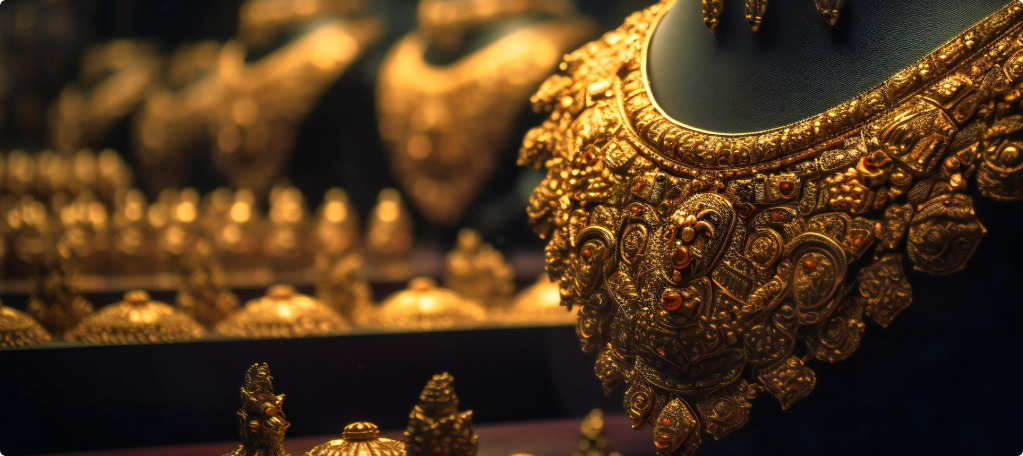
Dec 9th, 2024
 Inventory
Inventory

In the jewellery business, every exquisite piece tells a story—a story that begins with its materials. Whether it's a flawless diamond, lustrous gold, or a unique gemstone, sourcing high-quality components is the cornerstone of trust and craftsmanship. Optimizing your procurement process is about more than just cost savings; it’s about ensuring quality, sustainability, and customer satisfaction. This guide highlights strategies to help jewellers refine their procurement practices, align with ethical standards, and adapt to market dynamics.
Your reputation as a jeweller hinges on the materials you use.
Building Trust: High-quality materials reflect authenticity, ensuring customer loyalty and repeat business.
Consistency is Key: Implementing rigorous quality control safeguards your collections from inconsistencies that could harm your brand.
First Impressions Last: A single inferior piece can tarnish years of goodwill—starting with quality eliminates that risk.
Every gemstone and metal in your collection speaks for your brand—make sure it tells the right story.
Suppliers are more than just vendors—they’re partners in your success.
Vetting Suppliers: Conduct thorough background checks, request certifications, and review client testimonials before committing.
Long-Term Partnerships: Reliable suppliers often provide better rates, priority service, and consistent quality.
Negotiating Smartly: Establish contracts that promote transparency, including clear terms on delivery schedules, quality benchmarks, and dispute resolution.
A dependable supplier network can be your secret weapon during market fluctuations or supply chain disruptions.
ERP Systems: Integrate inventory, sales, and procurement data to ensure you order the right materials at the right time.
Supplier Comparisons: Online platforms make it easy to evaluate pricing, quality, and lead times from multiple suppliers.
Automated Alerts: Stay ahead with notifications for reorders, price changes, or market trends.
Think of technology as your virtual assistant, streamlining operations so you can focus on designing brilliance.
Modern consumers demand transparency and ethical integrity in their purchases.
Certified Materials: Prioritize suppliers who adhere to certifications like the Kimberley Process for conflict-free diamonds or Fairmined Gold for responsibly sourced metals.
Sustainability Matters: Opt for recycled materials and eco-friendly practices to align with environmental concerns.
Showcase Your Values: Clearly communicate your ethical sourcing practices in marketing and in-store displays.
Ethical sourcing isn’t just good for the planet—it builds trust and sets you apart in a competitive market.
Effective planning minimizes waste and maximizes profits.
Just-in-Time Procurement: Order materials based on immediate needs to avoid overstocking or tying up capital.
Data-Driven Decisions: Use sales trends and market forecasts to predict material needs with precision.
Bulk vs. Boutique: While bulk purchasing can save costs, balancing it with curated, high-value items ensures versatility in your collections.
Smart inventory planning keeps your shelves stocked without overwhelming your storage or budget.
Procurement comes with its own set of hurdles—here’s how to tackle them.
Price Fluctuations: Diversify suppliers and monitor commodity markets to mitigate the impact of volatile raw material prices.
Supply Chain Disruptions: Build a robust network of backup suppliers and maintain strategic reserves of essential materials.
Market Dynamics: Stay agile by adapting to changing customer preferences, like the growing demand for lab-grown diamonds.
Optimizing jewellery procurement goes beyond sourcing—it’s about creating a seamless, sustainable, and customer-centric process. By building strong supplier relationships, leveraging cutting-edge technology, and committing to ethical practices, jewellers can deliver masterpieces that resonate with authenticity and quality.